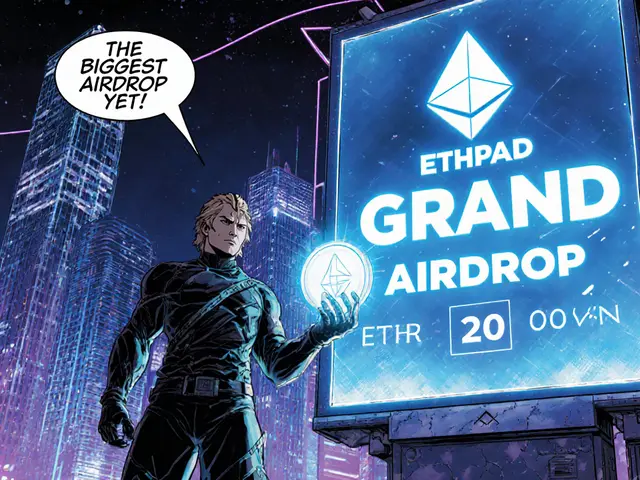DeFi Governance Token Explained
When dealing with DeFi governance token, a cryptocurrency that grants holders voting power over protocol decisions. Also known as governance coin, it empowers decentralized autonomous organizations (DAO) to steer development, fee structures, and upgrades.
Voting mechanism, the on‑chain process that turns token holdings into actionable proposals is the engine behind any DAO. A token holder’s stake translates directly into voting weight, so the more tokens you own, the louder your voice. This creates a clear DeFi governance token‑to‑vote link: the token supplies the influence, the mechanism converts it into decisions.
Key Components of DeFi Governance Tokens
Another crucial piece is tokenomics, the economic design that defines supply, distribution, and incentive structures. Tokenomics decides how many tokens are minted, who gets them, and what rewards are offered for participation. Good tokenomics keep voting power decentralized, preventing a few whales from hijacking the DAO. Poor tokenomics, on the other hand, can lead to voter apathy or centralization, undermining the whole governance model.
On‑chain governance tools (on‑chain governance, smart‑contract frameworks that execute proposals automatically) close the loop. Once a vote passes, the smart contract triggers the change—be it a fee update, a new feature rollout, or a treasury move. This seamless flow from token to vote to execution is what makes DeFi governance tokens distinct from regular utility tokens.
Real‑world projects illustrate these ideas. Some protocols use a single‑token model where the same coin is used for paying fees and voting. Others separate utility and governance, issuing a dedicated governance token that never leaves the wallet except to vote. Both approaches have trade‑offs: a single token simplifies user experience, while a dedicated token can better isolate governance power.
Security also matters. Since votes can move large amounts of capital, protocols often embed delay periods or multi‑sig safeguards into their on‑chain governance. These safety nets give the community time to review proposals and intervene if something looks off. In practice, a well‑designed governance token ecosystem balances speed, transparency, and protection.
Looking ahead, newer trends like quadratic voting, conviction voting, and delegated voting aim to fine‑tune the relationship between token holdings and influence. These methods try to give smaller holders a louder voice without sacrificing the legitimacy that token weight provides. As the space evolves, the core trio—governance token, voting mechanism, and tokenomics—remains the foundation.Below you’ll find a curated list of articles that dive deeper into specific tokens, airdrop opportunities, exchange reviews, and regulatory outlooks—all tied to the world of DeFi governance. Use them as a toolbox to understand how these pieces fit together and to spot the next promising token to watch.




